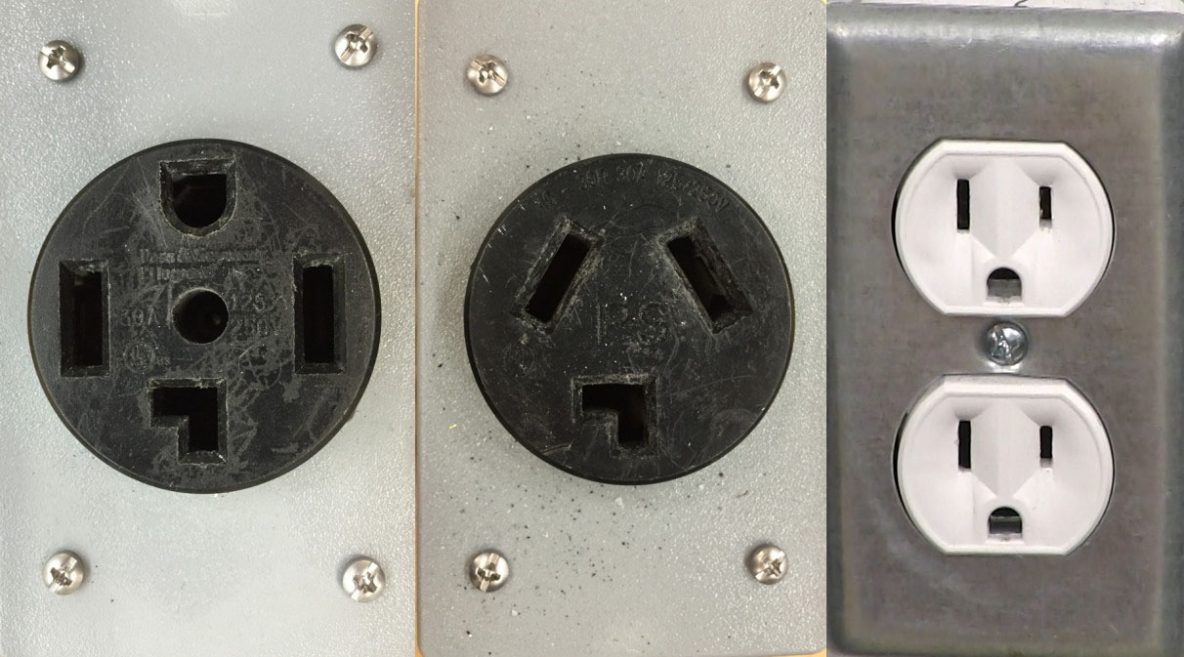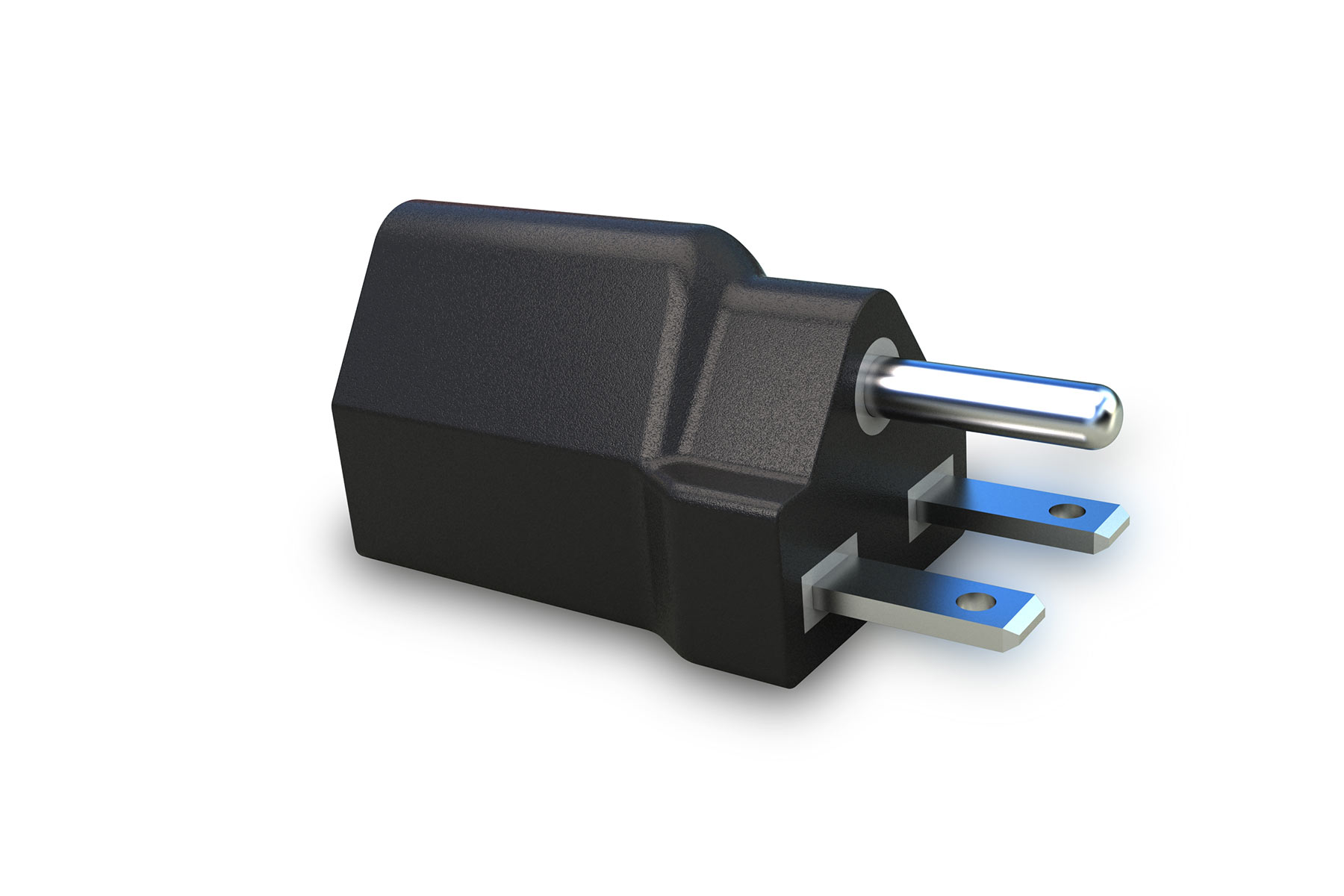

Older outlets that have three prongs have a whole like a backward letter “L” at the top and two holes diagonal on the sides. The following items need a 240-volt outlet:Ģ40-volt outlets are larger compared to standard 120-volt receptacles, they have rounded tops and three or four holes.

These outlets are intended to be used only for heavier appliances that need a higher power current to operate. What Appliances Need 240-Volt Outlets?Ī lot of large appliances that are motor-driven run more efficiently when plugged into a 240-volt outlet. This means the modern 240-volts plugs have four prongs. But, in modern houses and appliances additionally use a ground wire. You might have seen older homes and appliances using three-prong 240-volt outlets.

On the other hand, 240-volt outlets use two 120-volt wires at the same time in addition to a neutral wire in order to power a single receptacle. The standard electrical outlet you have in your living room contains a 120-volt wire and a neutral one that delivers electricity using one phase of your electrical service.
240 VOLT PLUG IN INSTALL
A Clearwater home electrician can help you install the right type of outlet for your home. However, when planning the electrics of a home, it is important to include 240-volt outlets for devices and appliances that need higher voltage current to run efficiently. Most homes in the country have standard outlets of 120 volts. Easily put, it is where you plug in your computer, your television, and other devices. We can help answer all your electrical questions.An outlet is a socket that works as a connector between the electrical device and the electric source. Have questions about 220-volt outlets in your home? Call Clover Electric. So, if you have an older appliance with a three-prong plug, you may need to rewire it with a four-wire plug and install a new four-prong 240-volt outlet for safety reasons. Older three-prong outlets only had two live wires and one neutral wire, while newer four-prong outlets also have a ground wire for added safety. Newer four-prong outlets have an "L" on top, two vertical side holes, and a single half-circle hole on the bottom for the ground wire.Ģ40-volt outlets have evolved a bit over time to improve safety. Older three-prong outlets have a hole like a backward "L" on top and two diagonal holes on the sides. So, how do you know if an outlet is a 240-volt outlet? Compared to standard 120-volt outlets, 240-volt outlets are larger, with rounded tops, and either three or four holes, depending on the age of the outlet. And if you have an electric car, a Level 2 charger will require a 240-volt outlet too. You might also need a 240-volt outlet for appliances like clothes dryers, water heaters, or central air conditioners. Wondering which appliances in the home use 240-volt outlets? Well, there are a few, such as ovens, ranges, and cooktops. These outlets are designed for larger, motor-driven appliances that require more electricity to operate efficiently. Let's look at 240-volt outlets and how they differ from standard 120-volt outlets.Ī 240-volt outlet uses two 120-volt wires at the same time, along with a neutral wire, to power a single receptacle. You may have noticed that some outlets in your home have a different plug and receptacle from the standard 120-volt outlets you're probably used to.


 0 kommentar(er)
0 kommentar(er)
